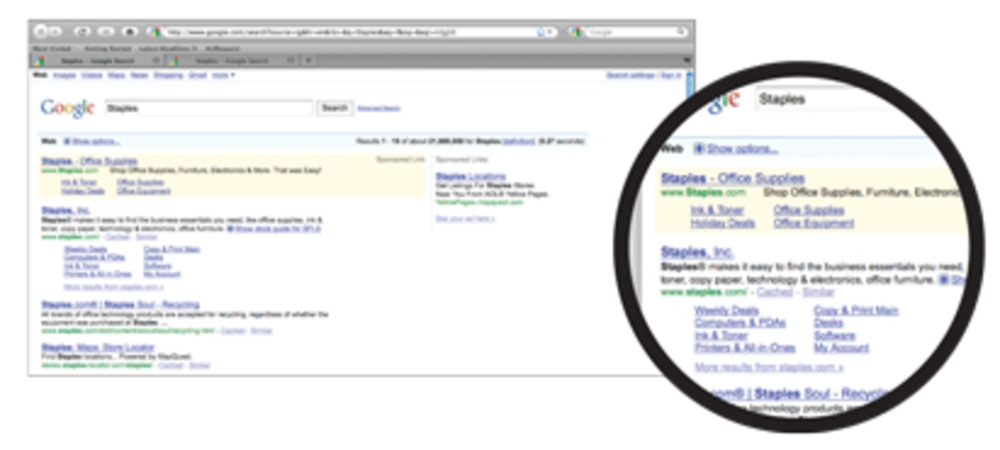in many ways, search marketing — especially the introduction of paid search — saved online advertising after the dot-com collapse. Today, search marketing continues to lead Internet-based ad spending, accounting for 47% of revenues in the second quarter of 2009, according to the Interactive Advertising Bureau.
“We’re seeing that brands use of search marketing is definitely continuing to grow,” notes Joshua Palau, VP of search marketing at Razorfish, adding that part of the appeal of search programs is their ability to reach virtually every consumer demographic.
Reid Ichiki, senior manager of Internet marketing for Razorfish client Hawaiian Airlines, echoes that sentiment, noting that he has significantly increased his company’s commitment to both pay-per-click and search optimization programs in recent years.
“This is mainly due to the advances in technical innovations, customer demand, online opportunities and the need to diversify our reach and targeting,” he says.
Noting a recent Pew Research study found more than 90% of people online regularly use search engines, making it second in usage only to e-mail, iCrossing Strategy Director Rob Garner says, “We’ve found many, if not most businesses, could benefit from a properly run search campaign.’
Heather Deschenes, director of customer acquisition for Staples, suggests one reason major brands are continuing to expand their use of search is that these programs work as both a customer acquisition and customer retention tool, though she adds that requires more than just a few keywords purchases on a single search engine.
Robert Murray, CEO of iProspect, says many brands now understand that search marketing requires lot more that just buying a few new keywords every few months or tweaking a landing page.
Jim Lecinski, managing director, US sales, for Google, agrees, adding, “One of the great things about search advertising is the ease and speed with which experiments and tests can be designed, implemented and read.”
As SEM has grown, brands and ad agencies now understand that while pay-per-click programs drive a lot of revenue for search engines, the Googles, Yahoos and Bings of the world are not adverse to search engine optimization programs, provided they lead to better experiences for consumers.
“We don’t dislike SEO,” stresses David Pann, VP and general manager of search advertising at Yahoo “The SEO guys now realize that trying to game the math and science behind the algorithm is really difficult, and if they focus on good consumer experiences delivering content relevant to their audience, the algorithms will take care of themselves.”
As for the future, much is already being made of expanding search marketing on to mobile devices and looking at hyper-local search. However, Netconcepts founder and president Stephan Spencer adds a lot of the innovation is taking place behind the scenes thanks to “dramatic improvements in backend analytics that can provide a better understanding of how consumers and businesses use search to help find the right information, products and services. ”
“One of the most important trends you’ll be seeing near term is more ‘data-driven decision-making,'” Spencer continues.
Though Pann says that “people think that with search, the problem is solved,” he notes that, in many ways “we’re still at the tip of the iceberg in terms of innovation and in terms of understanding intent and figuring out the best ways to manifest that intent into a consumer experiences that gives them what their looking for.”








